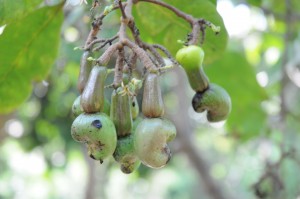The power of social innovation to increase the wellbeing of forest-dependent communities in the Carpathian and other mountain regions
The power of social innovation to increase the wellbeing of forest-dependent communities in the Carpathian and other mountain regions
The IUFRO Working Party 4.05.05 Social innovation and entrepreneurship organised a special session of the6th Forum Carpaticum entitled “The power of social innovation in mountain areas to steer a sustainable governance of nature”. Scientists from over the world were brought together (online) to discuss the emergence and development of social innovation in the Carpathian Mountains and beyond. The Forum’s presentations included a conceptual talk based on findings on social innovation in mountain forestry from H2020 SIMRA project coordinated by James Hutton Institute, topics on how social innovation can offer transformative opportunities to forestry in Ukraine; communities’ empowerment through carbon forestry in Slovakia; impacts of social innovation on inequalities in mountain–lowland relationships in Swiss Alps; citizen science and adopting Living Lab approach to foster sustainability transformations and foster biodiversity conservation through participatory management of nature protected areas, and others.
Read more…“Harnessing Synergies between Agriculture and Forest Restoration’
“Harnessing Synergies between Agriculture and Forest Restoration’
Communities work together to restore forests – an example from Nepal
By Lila Nath Sharma, PhD
Blog from IUFRO Member Organization ForestAction Nepal
Jalthal forest is a 6,000 ha forested land in the densely populated region in the lowland of Southeastern Nepal. It is a remnant moist tropical forest with diverse ecosystems and habitats comprising swamps, rivers, ponds, hillocks and plain areas. It is an important biodiversity hotspot with several threatened floras and faunas including the Asiatic elephant and pangolin. The forest has unique assemblages of tropical and subtropical plant species found in the sub Himalayan tract. Floristic elements from different bio-geographical regions – Sino Himalayan, East Asian and Indian, for example – makes the forest diverse and unique.
The forest is an important source of environmental services including fresh water and multitudes of forest products for people living around the forest. It is currently managed by 22 Community Forest User Groups (CFUGs) and is an important livelihood source for over 80,000 people. In spite of high ecological and social significance, the Jalthal forest is subjected to multiple pressures. These include invasive species, human-wildlife conflict (particularly human-elephant), wildlife poaching, illegal felling of trees and timber focused forest management.
Read more…Studying Forestry to be Part of a Solution to a Problem
Interview with IFSA President Amos Amanubo
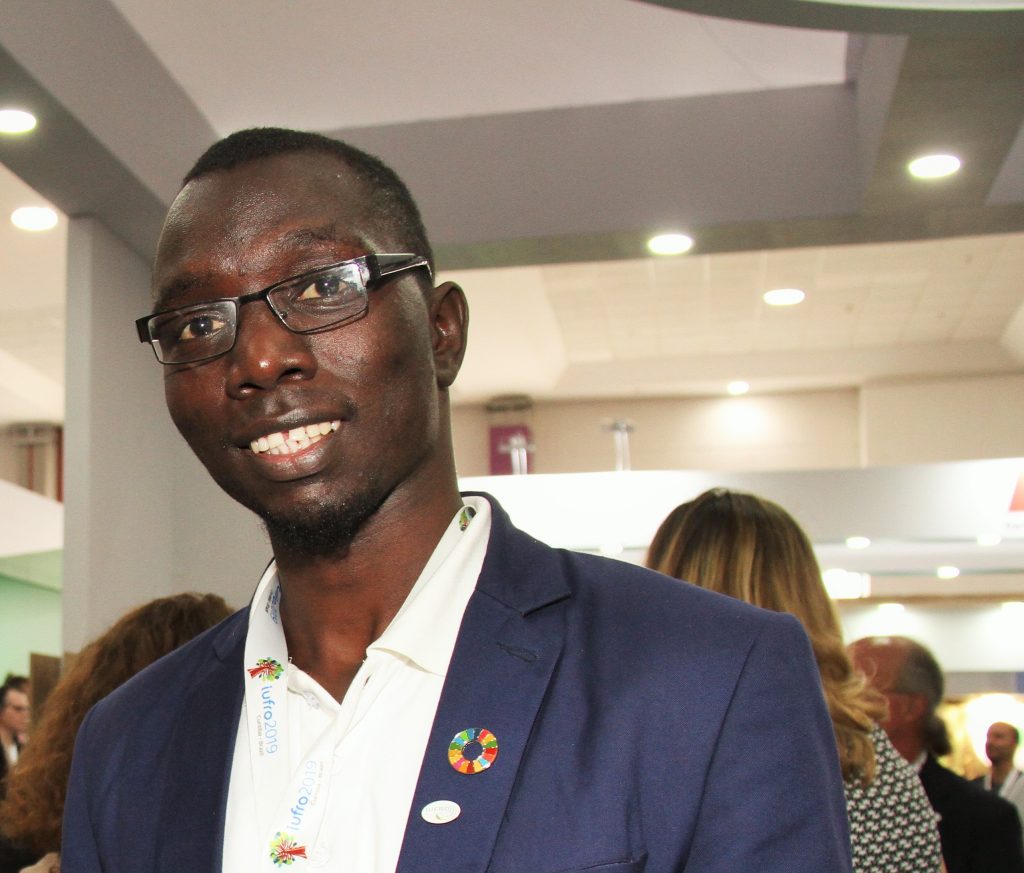
Amos is a 25 year old Ugandan and a recent graduate from Makerere University, Kampala, holding a Bachelor’s Degree in Conservation Forestry and Production Technology. He has been the President of the International Forestry Students’ Association (IFSA) since August 2019. His favorite pastimes are cycling through natural landscapes and meeting friends.
Considering the Human Dimension when Restoring Forest Landscapes

Integration of Western and Traditional knowledge in FLR planning and implementation can result in more comprehensive, locally grounded, and socially and culturally acceptable restoration projects. This scene from the Ilmil Valley in the Atlas Mountains (Morocco) depicts a mosaic of agricultural and forest management practices used by farmers to support their livelihoods and food security while conserving forest biodiversity. Photo: John Parrotta
Much has been written about forest landscape restoration (FLR) from a silvicultural or ecological perspective: techniques, approaches, methods, case studies, have all tended to focus on the practical and technical tools to implement forest restoration. However, relatively little attention has been given to human dimensions.
In fact, there is limited guidance on how to go about restoring forest landscapes when it comes to integrating both ecological and human dimensions of FLR. The need for this integration was the main motivation for the newly published book entitled Forest Landscape Restoration: Integrated Approaches to Support Effective Implementation, which was edited by Stephanie Mansourian (Consultant, member of IUFRO Task Force Forest Adaptation and Restoration under Global Change, and Research Associate, University of Geneva, Switzerland), and John Parrotta (US Forest Service and IUFRO Vice-President). Read more…
Spotlight #59 – Shifting forest development discourses
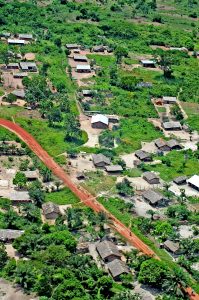
Conservation provides employment for local inhabitants at Dzanga Ndoki National Park, Central African Republic. ©Peter Prokosch, http://www.grida.no/resources/1516
Many centuries ago, a Greek philosopher noted that change is the only constant in life.
And change is brought about, in many instances, through discourse.
Discourse has been described in part as: “an ensemble of ideas, concepts and categories through which meaning is given to social and physical phenomena…”
According to this definition, discourse refers to a particular set of related ideas, which are shared, debated and communicated using different formats.
Through various discourses, we can discover fresh information and be introduced to new and different perspectives. We are able to gain experience and insight. As a result, our thinking, our attitudes, and our approaches toward various issues can evolve and change.
Certainly the ways in which forests are viewed, managed and developed have changed as the discourses concerning them have evolved. Read more…
IUFRO 125th Anniversary Congress Spotlight #56 – Environment vs. economy: Mapping the forest environmental frontier
To some, the forests mean combatting illegal logging and associated trade, avoiding deforestation and degradation, conserving biodiversity and protecting wilderness.
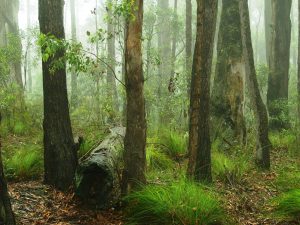
Photo by Geoff Roberts, Australia
To others, the forests mean timber as a renewable raw material for uses such as construction and bioenergy, forest-based climate change adaptation and mitigation and transitioning toward a forest-based bioeconomy.
“These issues can be termed the global forest environmental frontier,” said Dr. Georg Winkel, Head of the European Forest Institute’s Resilience Research Programme in Bonn, Germany.
“All the issues are interrelated and relate to a global controversy that asks how we can keep and manage the world’s forests to satisfy both ecological and socio-economic needs now and in the future,” he said.
Dr. Winkel is coordinator of a session entitled The Global Forest Environmental Frontier – What has changed, what has remained unchanged, how will the future look? at the IUFRO 125th Anniversary Congress in Freiburg, Germany in September. Read more…
IUFRO Spotlight #41 – Sustainable Planted Forests to Meet Growing Global Needs

Plantation of Olga Bay Larch at Qingyuan in Liaoning Province, China. Plantations such as these will be an important source of roundwood in the future. (Photo by John Innes, Coordinator of IUFRO Task Force on Resources for the Future: Transformation in Forest Use)
The 2015 Global Forest Resources Assessments report from the UN Food and Agriculture Organization (FAO) noted that “…in planted forests, a new timber resource is continuing to be created … (that will) contribute significantly not only to future wood and energy supplies but … (also to) a range of wider social and environmental benefits…”
About 25 years ago, planted forests represented 4% of the world’s forested area. Today they represent almost 7%. But that 7% provides at least one-third of the world’s timber, so their importance should not be underestimated. Read more…
Nature-based solutions to climate change mitigation and adaptation
Session D8-03(42)
Moderator: Xiaoquan Zhang
Tuesday, 25 October 2016, 10:30-12:30 (Room 305)
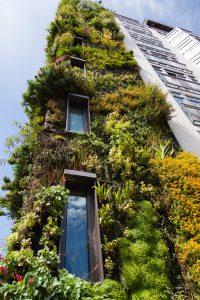
Green hotel. Photo: Vera Kratochvil
During the past 15 years, the rapid expansion of fossil fuels usage has raised global greenhouse gas emissions to the highest levels to date. This has led to a rise in surface temperatures and a significant increase in climate-related risks, including the loss of sea ice in the artic ocean, reduction of mountain glaciers, sea level rise, loss of endangered species, to name but a few.
In urban territories, solar energy and heat are absorbed to a greater extent than in rural areas, thus reducing the evapotranspiration and creating warmer environments. Consequently, the energy demand for cooling is expected to grow strongly with climate change. However, in many cities there is a potential for cooling urban microclimates through adding vegetation and trees and greening roofs and city areas. This will not only help to save energy, it will also be beneficial to the health and quality of life of city dwellers. Read more…
Spotlight #30 – Forests: Food for thought – and nourishment
Forests: Food for thought – and nourishment
A report that analyses the complicated, intertwined and often oppositional philosophies, land uses and governance regimes that comprise the forest-food nexus, will help inform deliberations as the United Nations Forum on Forests develops a 15-year roadmap for international forest policy.
At the heart of the new report is the understanding that forests and trees cannot, by themselves, replace the role of agriculture, but they are critically important to food security and nutrition.
Spotlight #15 – Planted forests’ roles: Different strokes for different oaks
Planted forests’ roles: Different strokes for different oaks
Planted forests are vital but vulnerable resources that can contribute in a sustainable fashion to some of humanity’s most pressing needs – poverty alleviation, food security, renewable energy, mitigation of and adaptation to climate change, and biodiversity conservation – as well as the preservation of natural forests.
These are among the findings in the recently published Summary Report of the 3rd International Congress on Planted Forests. It is based on outcomes from three scientific workshops and a plenary meeting that took place earlier this year.
Thirty-three countries have greater than 1 million hectares of planted forest area. Together these countries comprise 90% of the world’s 264 million hectares of planted forest which, in turn, equals almost 7% of the total global forest area. The report takes into account key research findings from Africa, Asia, Europe, Oceania, Latin America and North America related to vulnerability, viability and governance of planted forests.

